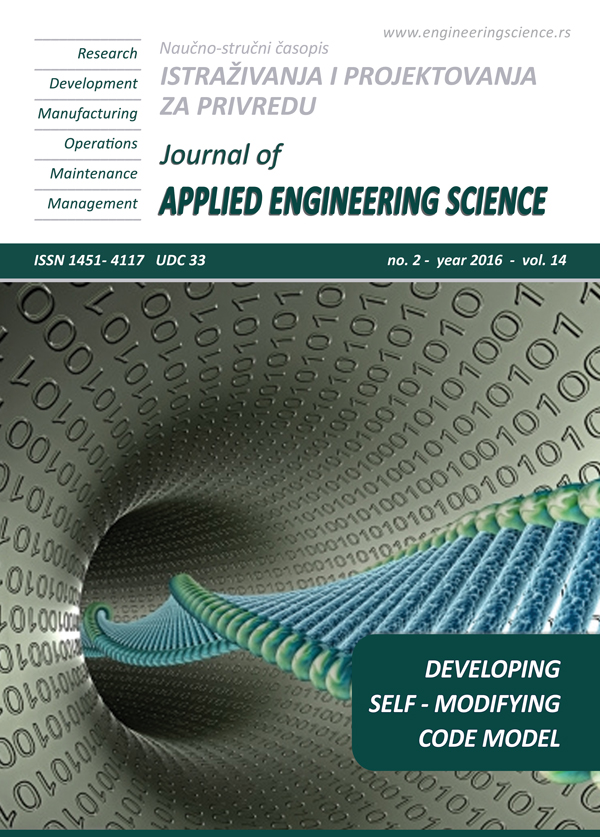FEATURES OF CATALYTIC HYDROCARBON COMBUSTION SYSTEM WITH CO-DIRECTIONAL MOVEMENT OF FILLER AND BURNING GAS
Keywords:
Hydrocarbons, Circulating fuidized bed, Non-stationary mode, Mathematical modeling, Catalytic Systems,
Abstract
Current designs of catalytic systems have their drawbacks, primarily connected with insufficiently intensive usage of expensive catalytic filler. To increase the intensity of the hydrocarbon conversion process in the catalytic systems it is necessary to use a circulating bed of filler. During the study the simplified option of circulating bed is investigated. Within simplified option catalytic filler and burning gas move only co-directional during reaction. To make the description of non-stationary heat exchange processes during the catalytic system there was suggested changed elementary balances method. Within the mathematical modeling next elements were developed: description of the variation of the gas composition in the length of the catalytic system; element of the movement of catalyst and the pressure loss of the gas flow; element describing the change of the catalytic system internal temperature. In the process of a computer experiment on a worked-out mathematical model, the graph of dependence and two-factor nonlinear regression model were obtained. The graph and model reflect the effect of the catalytic system length and the mass flow rate of burning gas on average hydrocarbon content at the outlet of the catalytic system. Dependences obtained during the mathematical modeling were validated in experimental studies. To reach a high conversion of hydrocarbons it is necessary to provide prolonged contact of the burning gas and the catalytic filler by increasing the length of the investigated catalytic system, by using gas with low hydrocarbon content or by creating a combination of narrow channels, each of which provides the desired flow rate.

